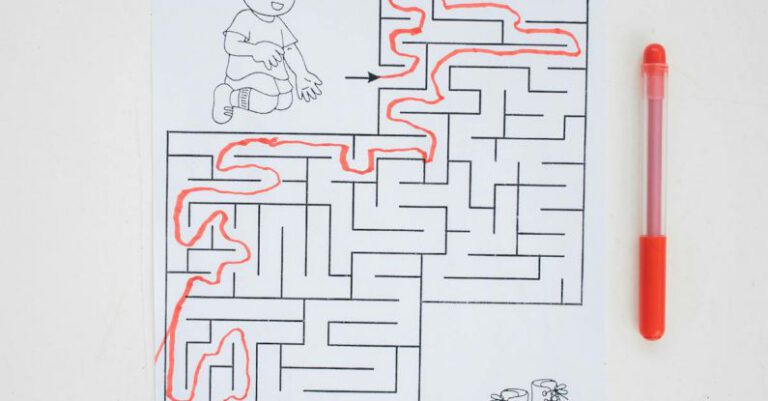What Is Design Thinking and How Can it Help?
Design thinking is a problem-solving approach that has gained popularity in recent years. It is a methodology that is used to create innovative solutions to complex problems. Design thinking is not limited to designers; it can be applied to any field or industry. In this article, we will explore what design thinking is and how it can help individuals and organizations.
Understanding Design Thinking
Design thinking is a human-centered approach to problem-solving. It involves understanding the needs and desires of the people who will use the product or service, and then creating solutions that meet those needs. Design thinking is often described as a non-linear process, as it involves iterating and refining ideas based on feedback and testing.
Empathy and Understanding
One of the key principles of design thinking is empathy. Designers use empathy to understand the needs and desires of the users. They put themselves in the users’ shoes and try to see the problem from their perspective. This helps designers gain insights that they may not have otherwise discovered.
The design thinking process starts with understanding the problem. Designers conduct research, interview users, and observe their behavior to gain a deep understanding of the problem they are trying to solve. By immersing themselves in the users’ world, designers can uncover insights that will guide them in creating innovative solutions.
Ideation and Prototyping
Once designers have a clear understanding of the problem, they move on to the ideation phase. This is where they generate as many ideas as possible, without judgment or criticism. The goal is to think outside the box and come up with creative solutions.
Ideas are then refined and prototyped. Prototyping allows designers to test their ideas and gather feedback from users. It is an iterative process, where designers continuously refine and improve their ideas based on user feedback. This helps to ensure that the final product or service meets the needs of the users.
Collaboration and Iteration
Design thinking is a collaborative process. It involves working with a multidisciplinary team that brings together individuals with different perspectives and expertise. Collaboration fosters creativity and allows for a more holistic approach to problem-solving.
Iteration is another important aspect of design thinking. It involves continuously refining and improving ideas based on feedback and testing. By iterating, designers can create better solutions and avoid potential problems.
How Can Design Thinking Help?
Design thinking can be applied to a wide range of problems and challenges. It is a versatile methodology that can be used by individuals and organizations to create innovative solutions.
Design thinking encourages creativity and innovation. By focusing on understanding the needs and desires of users, designers can create products and services that truly meet their needs. This can lead to increased customer satisfaction and loyalty.
Design thinking also promotes collaboration and teamwork. By bringing together individuals with different perspectives and expertise, design thinking allows for a more holistic approach to problem-solving. This can lead to more robust and innovative solutions.
Furthermore, design thinking encourages a mindset of continuous improvement. By iterating and refining ideas based on feedback and testing, designers can create better solutions over time. This can lead to a culture of innovation within organizations.
In conclusion, design thinking is a problem-solving approach that can help individuals and organizations create innovative solutions. By focusing on understanding the needs and desires of users, designers can create products and services that truly meet their needs. Design thinking also promotes collaboration and iteration, leading to more robust and innovative solutions. Whether you are a designer or not, design thinking can be a valuable tool in your problem-solving toolkit.






